If grammatical errors akin to those in the title are a familiar sight to the reader, then you are not alone. Ever since I crossed paths with the Hungarian language and started dwelling into this culture, one conspicuous anomaly has repeatedly perplexed me, regardless of how I analyzed or attempted to rationalize it: the configuration of Hungarian keyboard layouts.
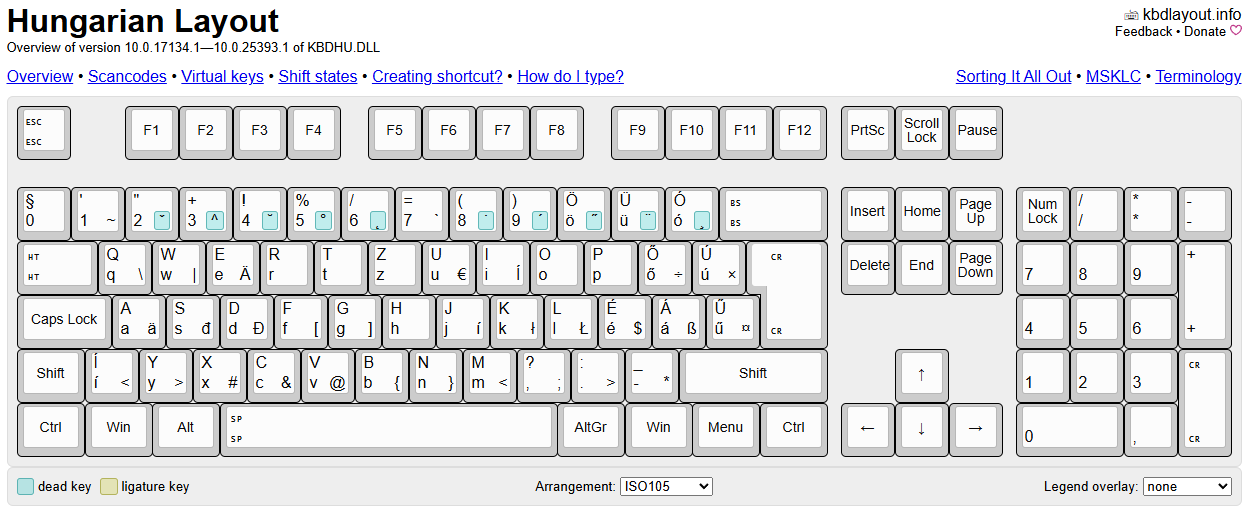
Once during my early attempts to type sentences on a laptop belonging to a Hungarian classmate without awareness of the digital layout, I was notably struck by the placement of the digit ‘0’. While inputting the current year, the screen displayed ‘2ö25’, which was nearly shocking. ‘But where is the zero?!’ inquired I and my Hungarian friend explained that for zero the numpad is used.
But what if there's no numpad? Do you simply omit zeros altogether? As I looked more into the peculiarities of this layout, I realized that the 0 had been shifted to the left of the 1. It was a bold move—honestly, I felt confident in my previous stance on the absurdity of moving zero around the keyboard, yet now I found myself nearly face to face with a philosophical question: well, zero does belong before the 1, doesn’t it? It’s actually the universal placement after 9—an arrangement that feels arbitrary and contradicts the fundamental understanding of mathematics common to most people. As with many things, history offers a simple explanation for this strange design:
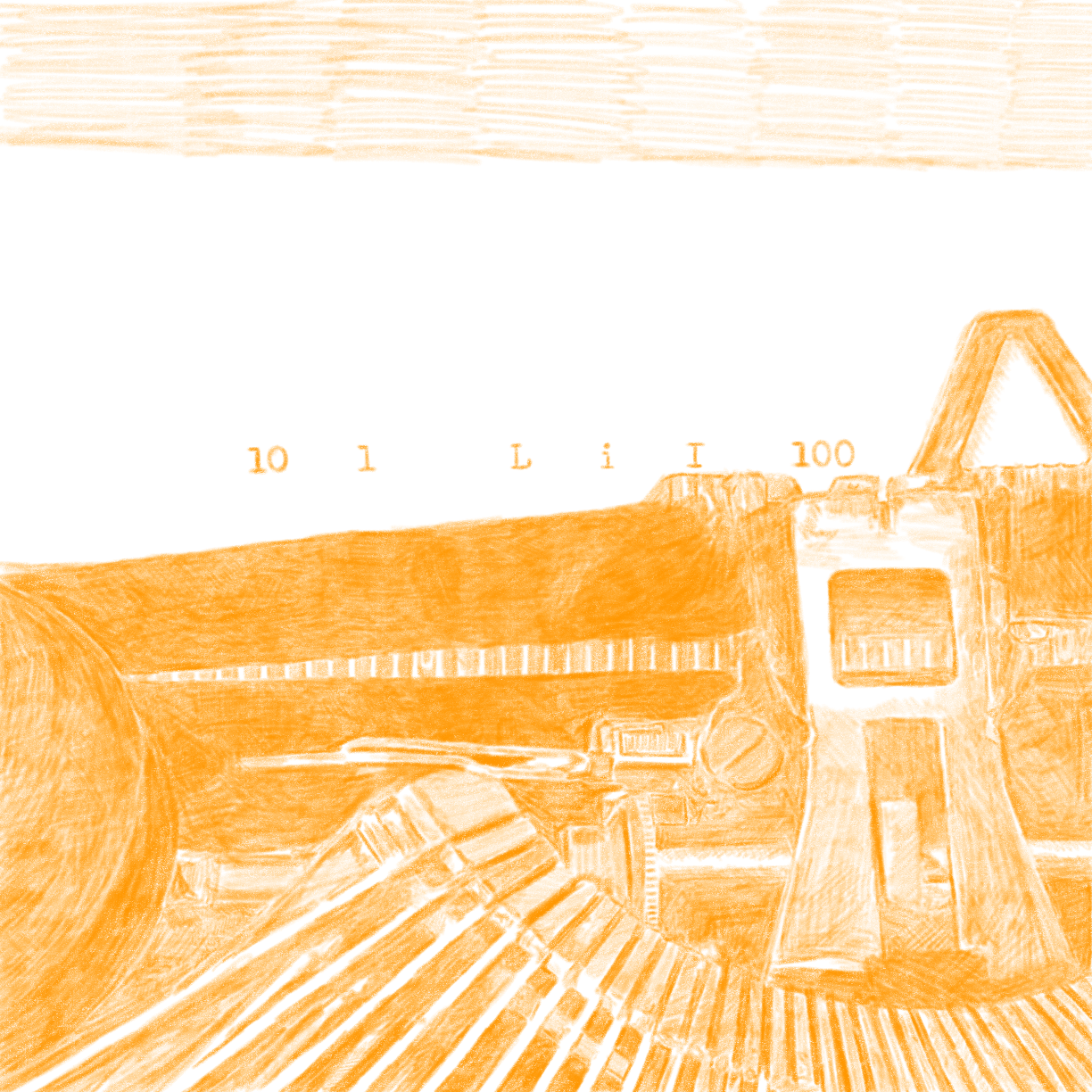
Early mechanical typewriters prioritized simplified key layouts and minimized auxiliary key combinations that would strain the mechanism. During the first half of the 20th century, many typewriters employed typographical conventions such that the lowercase letter "L" closely approximated the digit "1" in shape, often to the extent that the distinction became visually ambiguous. Similarly, the digit "0" (zero) and the uppercase letter "O" were designed with minimal differentiation, frequently leading to their interchangeable use. This visual similarity persisted into early keyboard designs and typographical standards.
Just as the concept of zero as a numerical digit was integrated into mathematical ontology after the recognition of the initial sequence of positive integers, so was the inclusion of the digit zero on computer keyboards a later addition, driven by the advent of digital computation, where binary digits "1" and "0" became fundamental to data representation.
With the free space after 9, the Hungarian keyboard wasn’t making an irrational decision by placing the accented Ö right above the O letter. As the necessity for the zero arose, the space was already taken, and the digit was moved into its proper position with which rationality is hard to argue.
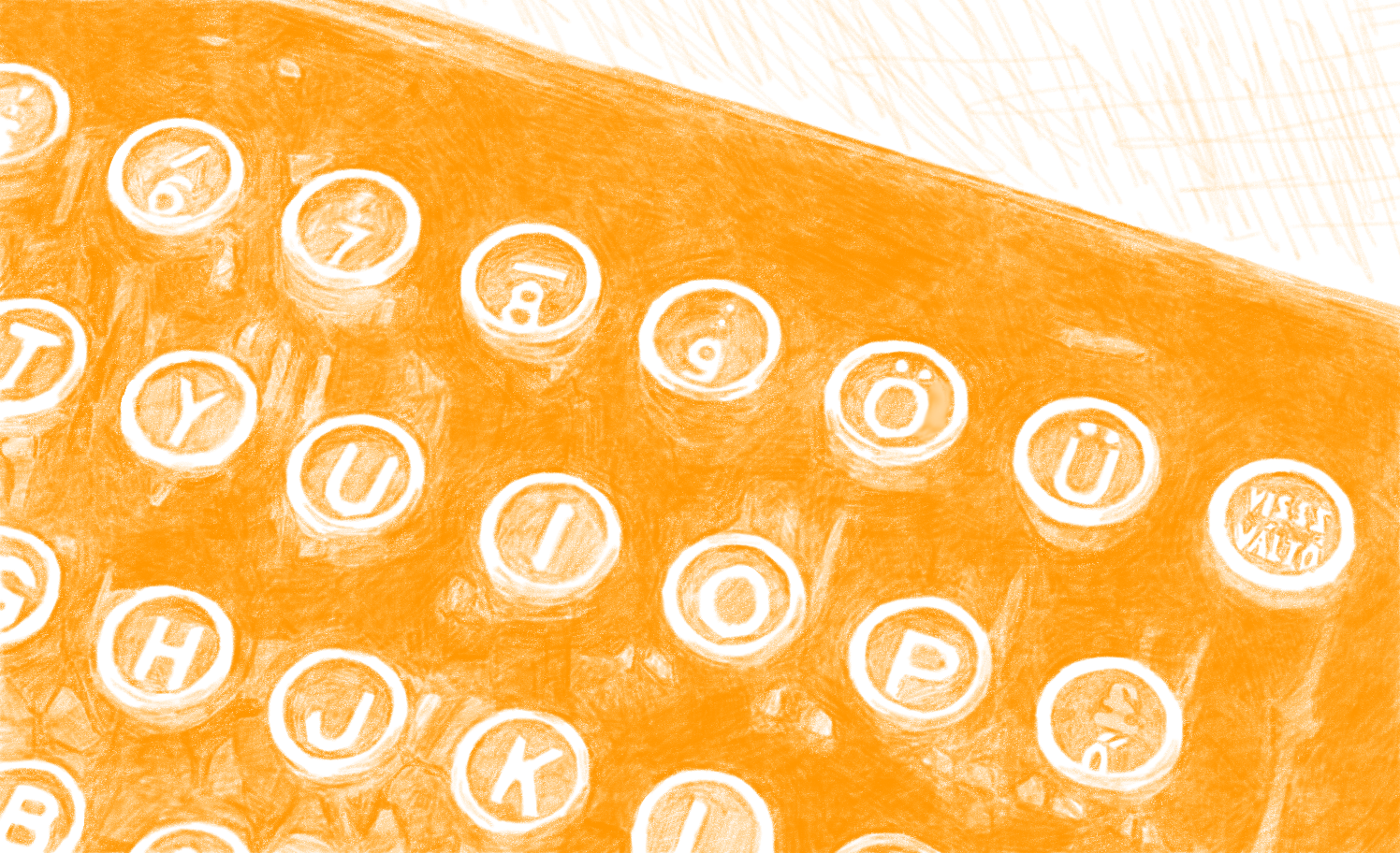
Regrettably, this constitutes the extent of the defensible part within the Hungarian orthographic layout overview.
Anyone familiar with Hungarian orthography can ask themselves this question: is Z or Y more frequently used in the spelling of Hungarian words? I wouldn’t feel confident in choosing either of them, since standalone usage per se isn’t as common as their usage in combination with other characters to form these compound letters of the Hungarian alphabet.
In nearly all of these examples, I would ask the reader to turn their attention toward the keyboards in front of them or to invoke the screen layout on mobile devices by tapping on the URL field—and to observe which of these combinations is easier to produce if Z and Y are swapped.
For the rest of those readers who are using their smartwatches or refrigerator screen displays to read this article, please refer to the following illustration and make an educated guess as to which color represents letters that are combined with Z and which is for Y.
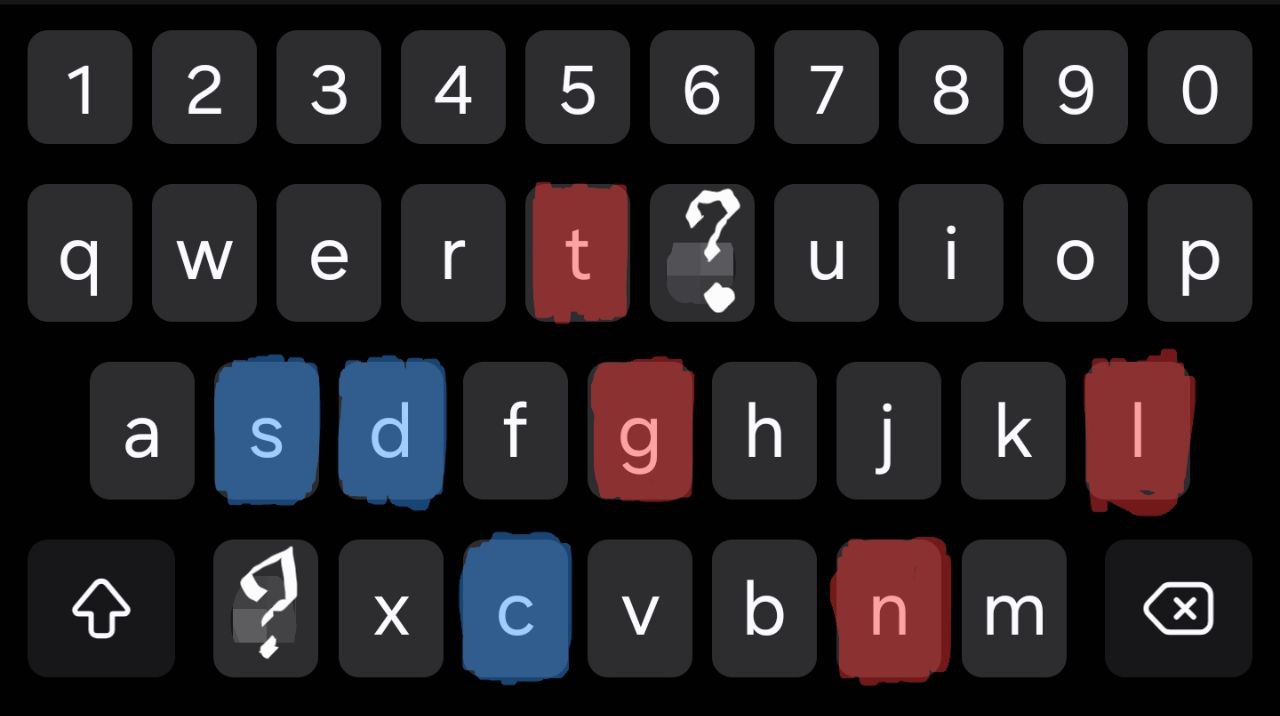
To analyze the ostensibly suboptimal placement of the letters, it is essential to consider the cultural influence exerted by the German language within Central Europe. German not only served as the region's dominant lingua franca during this period but also influenced technological standards, including the perceived 'standard' or 'natural' key arrangement on typewriters.
Since in the German, the letter Z is much more common than the letter Y (which only loses its seat as the least frequent letter to the Q), it would make sense that these letters were initially swapped by German engineers. In my opinion, this is the only rational explanation for the current placement of Z and Y in the Hungarian layout. Occasionally, we can see custom typewriters with QWERTY layouts produced for the Hungarian market in Germany, which acknowledge the utility of such placement of keys for the Hungarian language. However, these are rather exceptions to the general rule.
Although some voices on the Internet argue that, in typewriters, the placement of the letters that are commonly used in sequence was avoided to reduce the strain on the mechanical parts of the machine, and hence the dispersed layout sometimes is justified with this explanation, the placement of the accented vowels of Hungarian on the layout completely shatters this theory:
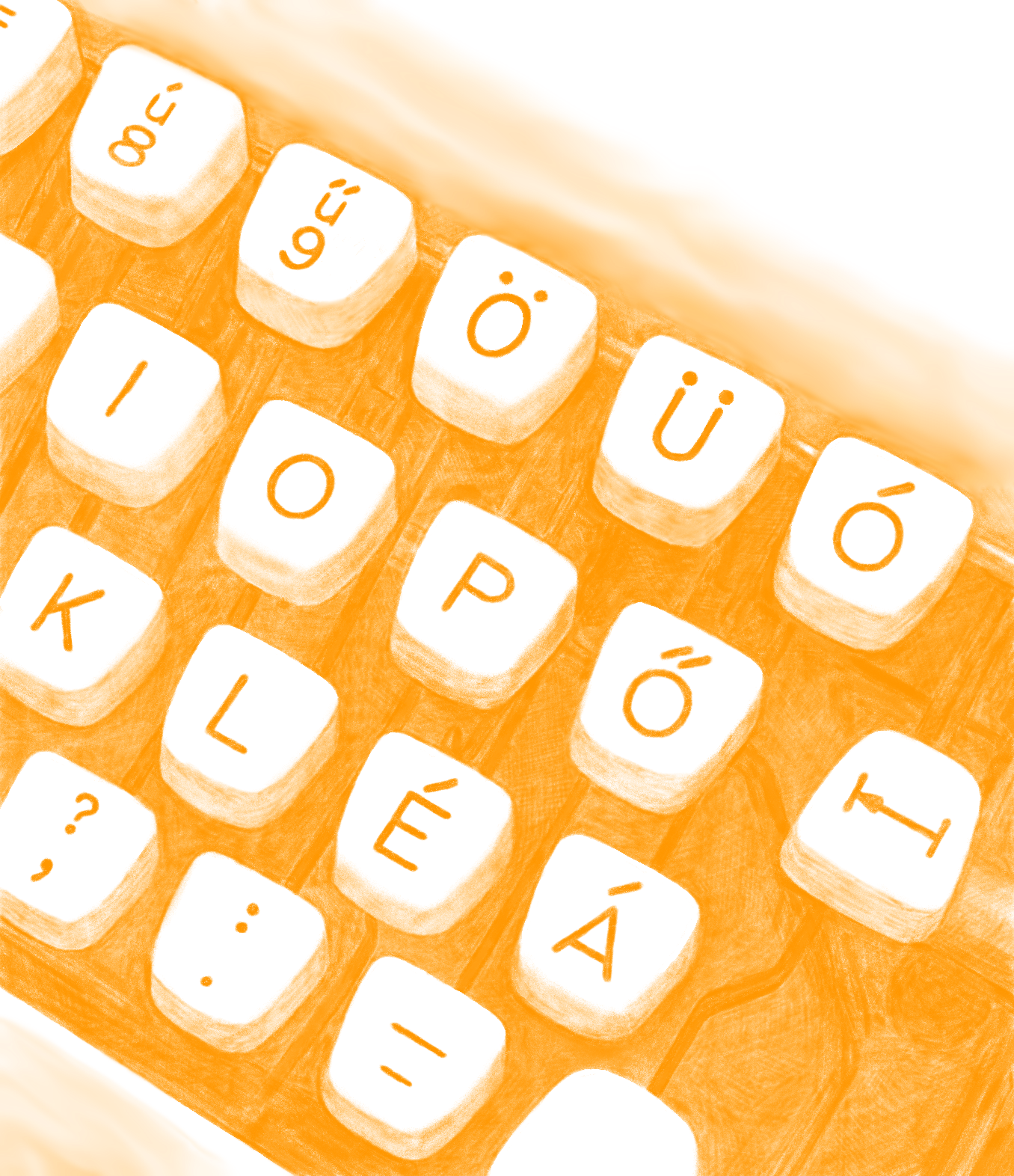
So, what we have to deal with is essentially an artifact of the Central European colonial past, and we are here to use it. For native users of the Hungarian layout, neither these nor any other differences would seem odd, since lifelong familiarity smooths out the edges of the aforementioned impracticalities. However, for new learners of Hungarian, these discrepancies obstruct the path to learning Hungarian, giving them doubts about adopting such a layout on their personal device.
For this particular reason, I devised a keyboard layout based on the standard US English QWERTY layout, which incorporates the unique symbols of the Hungarian alphabet. I mean it when I say that every single character from the alphabet is accessible via combinations with the AltGr (i.e., to the right of the space key) button or, alternatively, for those who lack one (as I do on my 75% wireless keyboard), via Ctrl + Alt buttons—this includes dzs, gy with ly, ny, zs, and other combinations which are rendered as separate letters in the alphabet. Not only does this save space in the language selection tray by merging Hungarian and English into one, but I also figured that with the addition of just two extra characters, it would fully cover the German layout as well.
Therefore, I am pleased to present to you the custom keyboard layout, which I named after the only river I came across passing through Hungary and Austria. This river has the same spelling in German, Hungarian, and surprisingly, English—Pinka River—aligning perfectly with the goals and functionality of this layout. It was created using Microsoft Keyboard Layout Creator 1.4. The zip archive is simply a standard export folder from this program, with just the icon for the .exe file changed to the Pinka logo. You can install it by navigating to the GitHub page of the project, clicking the green button labeled , and selecting the Download Zip option. After extracting the zip file, you only need to run the executable setup.exe, and the layout will be added to the Windows system under the English (United States) category.
Below, you can see an illustrated version of the layout changes, covering Austro-Hungarian languages and extending beyond a few buttons of your standard English keyboard.
